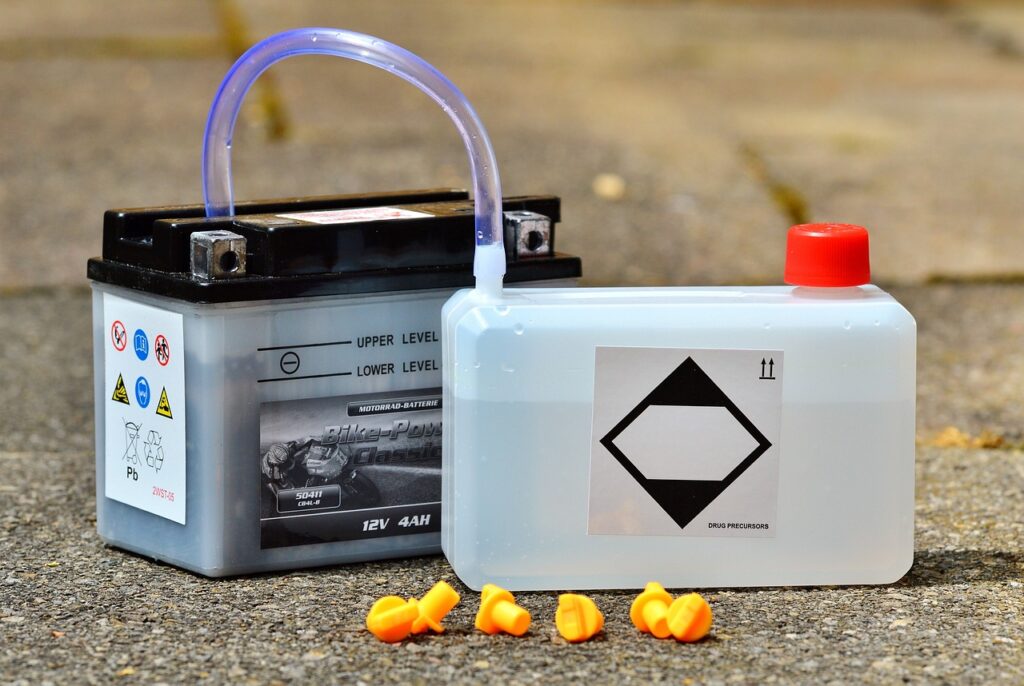When you’re zipping around town on your trusty mobility scooter, the last thing you want is for it to run out of juice. That’s where the magic of batteries comes in. These essential power sources keep your scooter running smoothly and reliably.
The Basics of Mobility Scooter Batteries
Your scooter’s battery is like its heart—it provides the power needed to propel you forward. Understanding how these batteries work is key to keeping your scooter up and running.
There are two main types of batteries used in mobility scooters: lead-acid batteries and lithium-ion batteries. Each type has its own strengths and weaknesses when it comes to powering your scooter.
Lead-acid batteries are the more traditional option. They are affordable and can provide a good amount of power for your scooter. However, they are heavier and bulkier than lithium-ion batteries, which may affect the overall weight and maneuverability of your scooter.
Lithium-ion batteries, on the other hand, are lightweight and compact, making them a popular choice for many scooter users. They also tend to have a longer lifespan and can be recharged more quickly than lead-acid batteries. However, they often come with a higher price tag.
Maintaining Your Scooter’s Battery
To ensure that your mobility scooter battery lasts as long as possible, proper maintenance is key. Here are some tips to help you keep your scooter powered up and ready to go:
- Charge Regularly: Make sure to charge your battery after each use to keep it at full power.
- Avoid Overcharging: Leaving your battery plugged in for too long can shorten its lifespan.
- Store Properly: When not in use, store your scooter in a cool, dry place to prevent damage to the battery.
- Check Connections: Periodically inspect the connections between the battery and your scooter to ensure they are secure.
- Replace When Needed: If you start noticing a decrease in power or performance, it may be time to replace your battery.
By following these simple tips, you can help extend the life of your mobility scooter’s battery and ensure that it continues to serve you well.
Troubleshooting Battery Issues
Despite your best efforts, you may encounter issues with your mobility scooter battery from time to time. Here are some common problems and their potential solutions:
- Battery Not Holding Charge: This could indicate that your battery is reaching the end of its lifespan and needs to be replaced.
- Scooter Not Turning On: Check the battery connections and make sure the charger is working properly.
- Decreased Range: If you’re not able to travel as far on a single charge as you used to, it may be time for a new battery.
If you’re experiencing any of these issues, it’s best to consult with a professional to determine the best course of action.
When It’s Time to Replace
No battery lasts forever, and there will come a time when you need to replace your mobility scooter battery. Here are some signs that it might be time for a new battery:
- Your scooter is losing power more quickly than usual.
- You’re not able to travel as far on a single charge.
- The battery is older than its recommended lifespan.
When replacing your battery, be sure to dispose of the old one properly. Many communities have recycling programs for used batteries to ensure they are disposed of in an environmentally friendly manner.
Keeping your mobility scooter powered up and ready to go is essential for maintaining your independence and freedom of movement. By understanding how your scooter’s battery works, properly maintaining it, and knowing when it’s time for a replacement, you can ensure that your scooter will always be ready to take you wherever you need to go.





